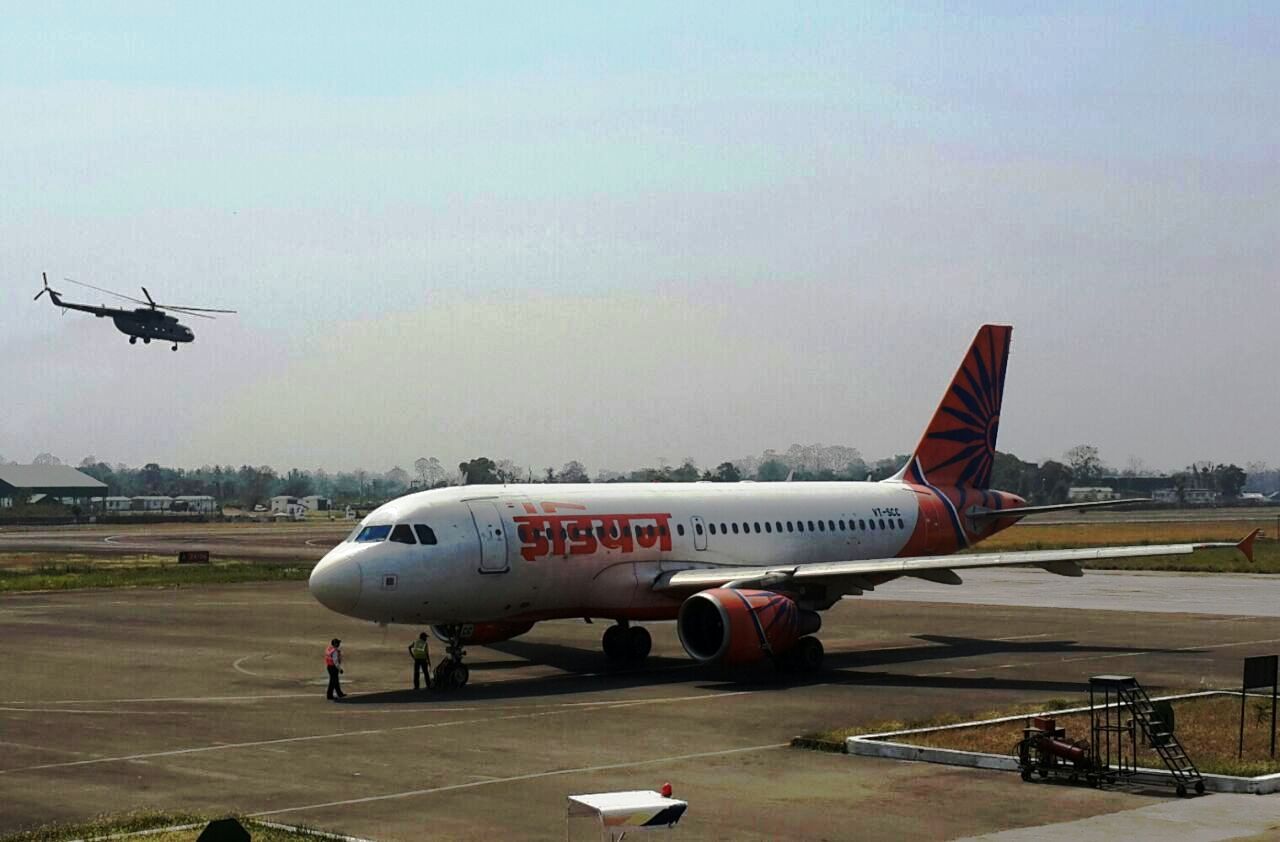Airlines employ various marketing techniques and sales strategies to attract and retain passengers, ensuring their flights remain full and profitable. This article explores some of these key strategies in a straightforward and informative manner.
Understanding Passenger Needs
Understanding the needs and preferences of passengers is paramount for airlines. They invest heavily in market research to gather insights into what passengers value most, such as comfort, punctuality, and affordability. This information helps airlines tailor their services and marketing messages to meet passenger expectations effectively.
Loyalty Programs
Loyalty programs are one of the most effective tools airlines use to retain customers. By offering rewards such as frequent flyer miles, exclusive lounge access, and priority boarding, airlines incentivize passengers to choose their services repeatedly. These programs are designed to create a sense of exclusivity and appreciation among frequent flyers, enhancing customer loyalty and long-term engagement.
Dynamic Pricing
Dynamic pricing is a critical sales strategy in the airline industry. Airlines adjust ticket prices based on various factors, including demand, booking time, and market competition. This approach helps maximize revenue by ensuring that flights are booked at the highest possible price passengers are willing to pay. Additionally, promotional fares and discounts during low-demand periods attract price-sensitive travelers, ensuring optimal occupancy rates.
Digital Marketing
In the digital age, airlines leverage online platforms to reach potential passengers. Social media campaigns, email marketing, and targeted advertisements are common digital marketing techniques. By utilizing data analytics, airlines can create personalized marketing messages and offers, increasing the likelihood of conversions. Engaging content, such as travel blogs and videos, also helps airlines connect with their audience and promote their destinations.
Partnerships and Alliances
Forming strategic partnerships and alliances with other airlines, travel agencies, and service providers expands an airline’s reach and offers passengers more travel options. Codeshare agreements allow airlines to sell seats on each other’s flights, providing passengers with seamless travel experiences and more destinations. Collaborations with hotels, car rental companies, and tour operators further enhance the travel experience, adding value for passengers and encouraging them to book complete travel packages.
Enhancing Onboard Experience
The onboard experience plays a significant role in passenger satisfaction and retention. Airlines invest in modernizing their fleets, offering comfortable seating, in-flight entertainment, and high-quality meals to enhance the travel experience. Providing exceptional customer service, both in the air and on the ground, ensures passengers feel valued and are more likely to choose the same airline for future travels.
Sustainability Initiatives
With growing awareness of environmental issues, airlines are increasingly adopting sustainability initiatives to attract eco-conscious travelers. Implementing fuel-efficient technologies, reducing carbon emissions, and offering carbon offset programs are some ways airlines demonstrate their commitment to sustainability. Promoting these initiatives through marketing campaigns helps airlines appeal to a broader audience, including those who prioritize environmental responsibility when choosing their travel options.
Localized Marketing Efforts
Airlines also tailor their marketing efforts to specific regions to better connect with local audiences. For instance, if you are searching for the best airline college in Neemuch, airlines might collaborate with local educational institutions to offer training programs and career opportunities. By supporting local communities and addressing regional needs, airlines can build strong brand loyalty and attract talent interested in pursuing careers in the aviation industry.
Conclusion
Airline marketing and sales strategies are multifaceted, aiming to attract new passengers and retain existing ones. By understanding passenger needs, implementing dynamic pricing, enhancing digital marketing efforts, forming strategic partnerships, improving the onboard experience, and adopting sustainability initiatives, airlines can effectively compete in the ever-evolving aviation market. Additionally, localized marketing efforts, such as offering the best airline courses in Neemuch, help airlines connect with specific communities and foster long-term relationships. These combined efforts ensure airlines remain competitive and passengers continue to enjoy exceptional travel experiences.

